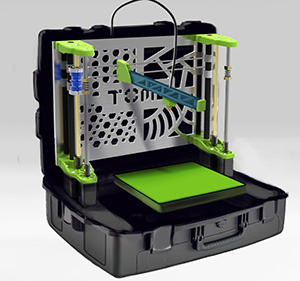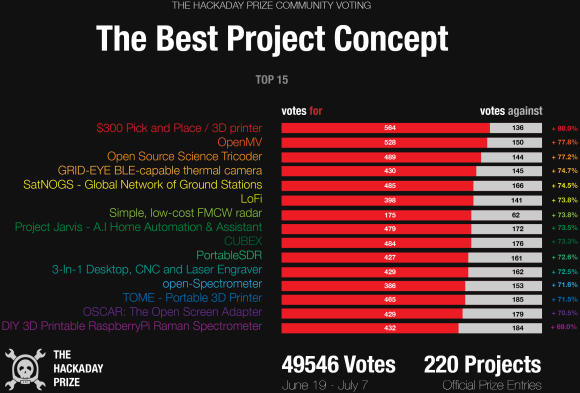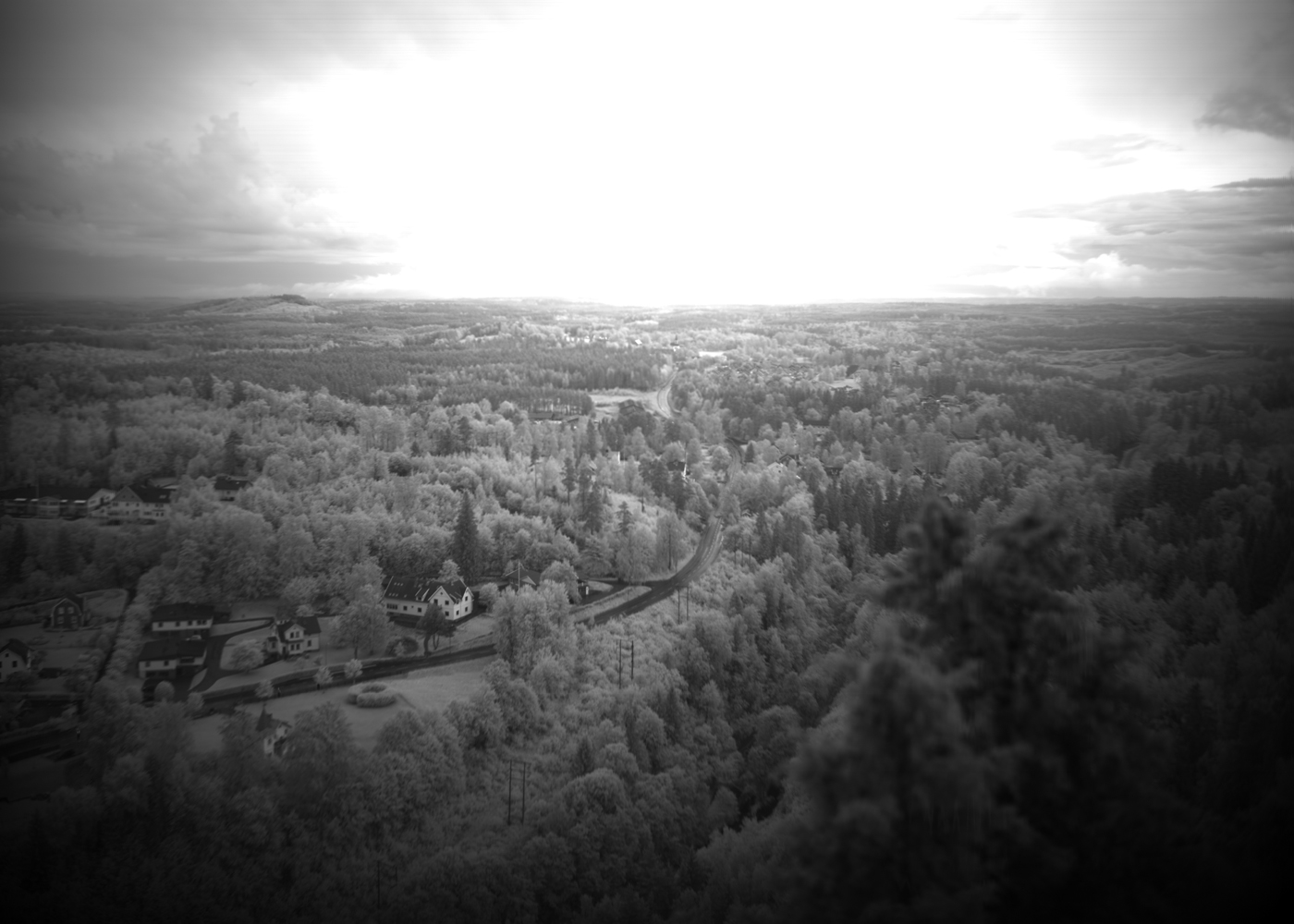
We’re a little under a month until the first cutoff date for The Hackaday Prize, and there have been a few questions we’ve been answering again and again: ‘what does ‘connected’ mean?’ and, ‘do I really have enough time to build something for The Hackaday Prize?’ Lucky for you, [Matt] from Electric Imp put together a very short demo of a sample THP entry. It’s a ‘HACKING’ light, kind of like an ‘on air’ light you’d find in a TV or Radio studio.
The idea for the project came from a tweet to [Matt] that seemed simple enough to implement. After grabbing an Imp and a breakout board, a LED, button, and resistor were wired up, with power supplied over USB. The code for the device was simple enough, and the Imp makes it easy to make that ‘hacking’ button tweet and serve a simple web page.
[Matt] pulled this project together in an afternoon, and although it’s not nearly as complex as the 3D printers, CNC machines, and freakin’ tricorders that are also entered into The Hackaday Prize, it meets all the requirements we’re looking for.
Of course, ‘connected’ is a very broad term, and even if you have a project that communicates with LEDs, a serial connection, or even pigeons, it’ll be more than enough to tick that ‘connected’ check box.
There’s still a few weeks until the first cutoff date for The Hackaday Prize, so get moving.
[via Bearded Inventor]



 Alright, 3D Printers exist. They’re machines you can simply buy for a few hundred dollars, set them on your desk, and have them start churning out plastic parts. A little pedestrian, isn’t it? How about something you can take into the field for a client, and print out some new parts right there? How about sending a printer to the latest humanitarian crisis? After all, all those humanitarian uses for 3D printers we’ve been hearing about won’t do any good without a 3D printer.
Alright, 3D Printers exist. They’re machines you can simply buy for a few hundred dollars, set them on your desk, and have them start churning out plastic parts. A little pedestrian, isn’t it? How about something you can take into the field for a client, and print out some new parts right there? How about sending a printer to the latest humanitarian crisis? After all, all those humanitarian uses for 3D printers we’ve been hearing about won’t do any good without a 3D printer.












